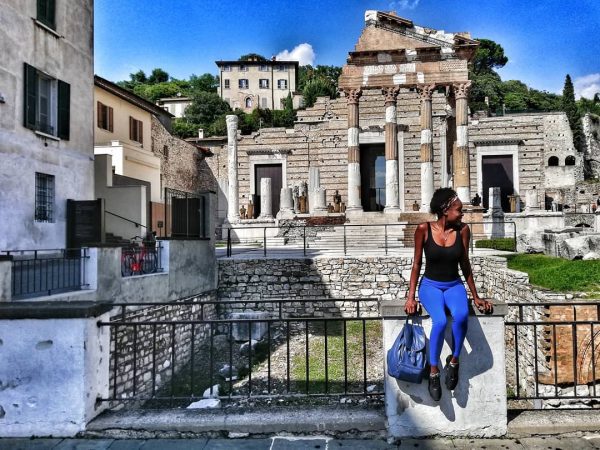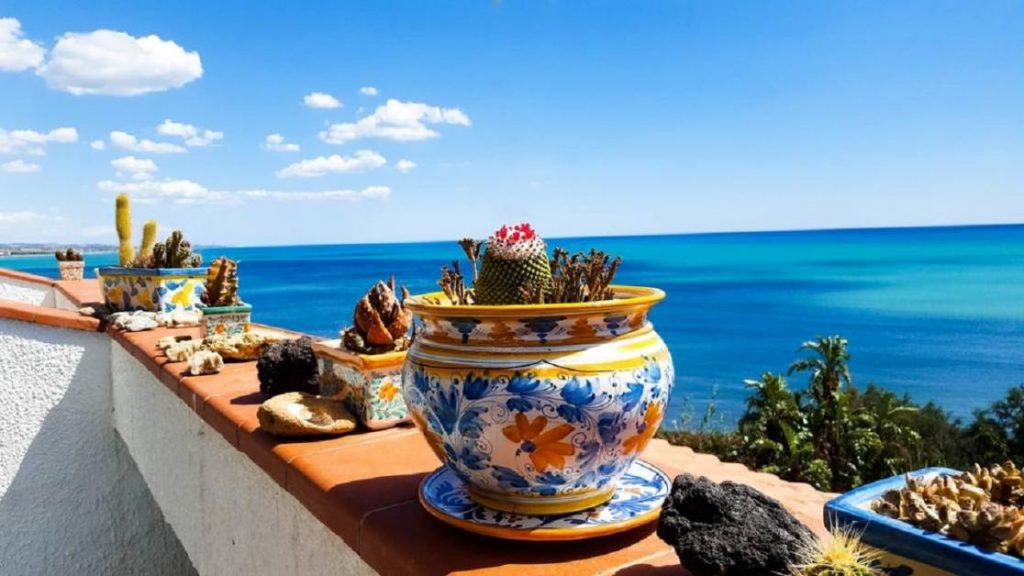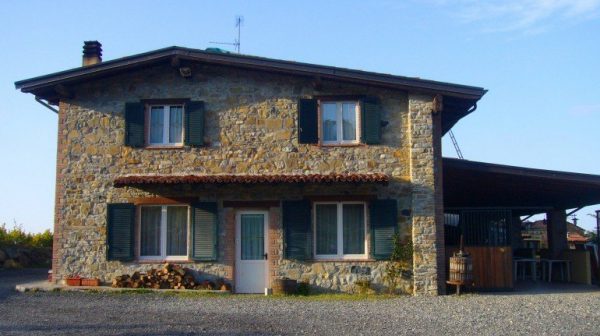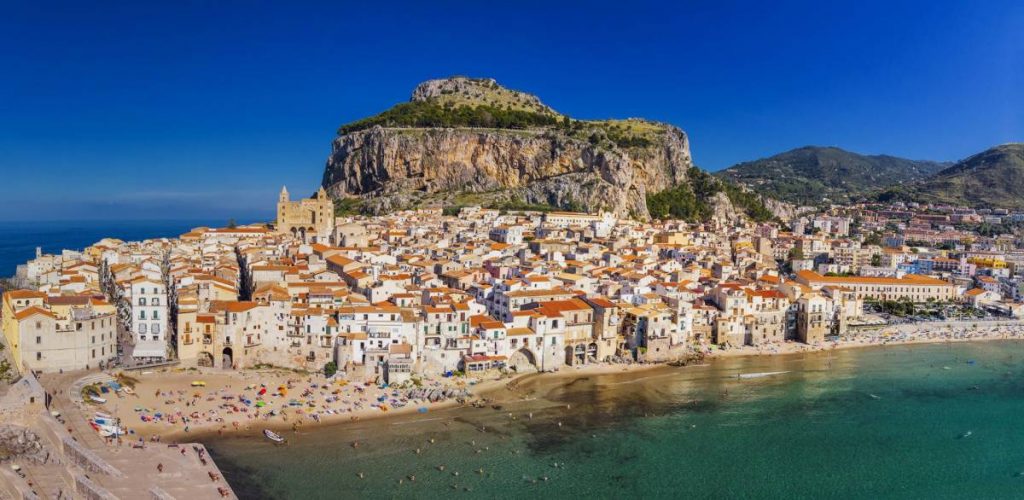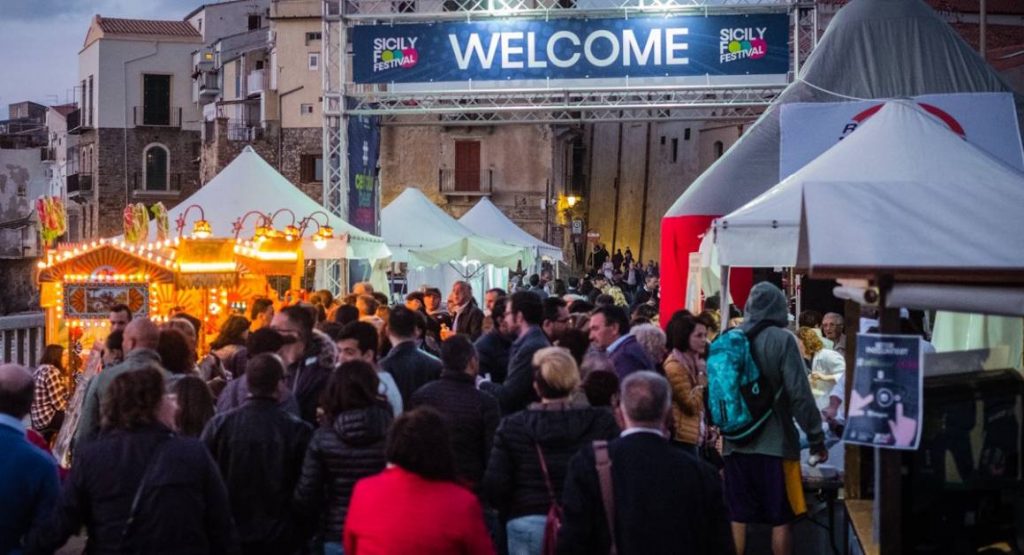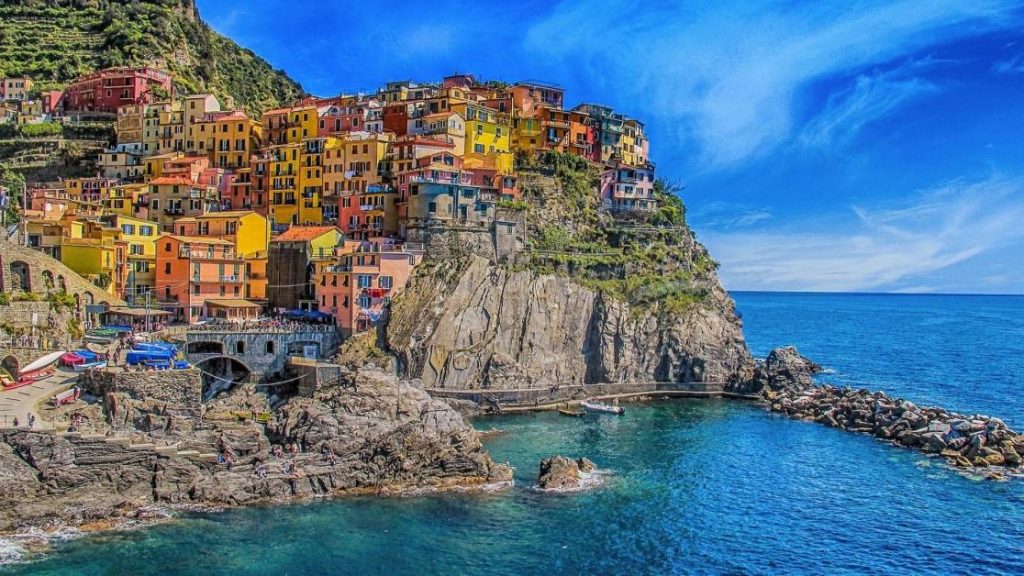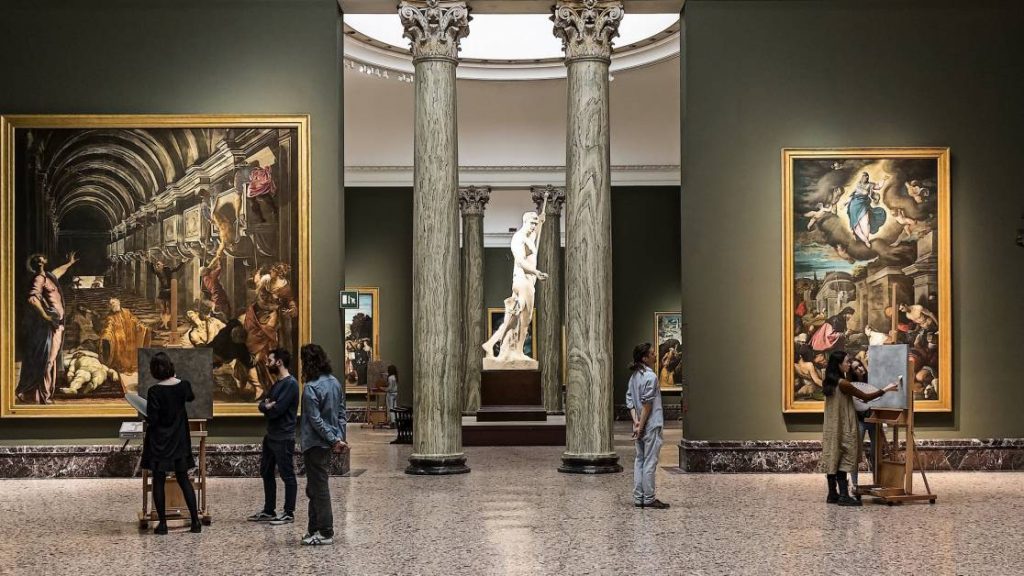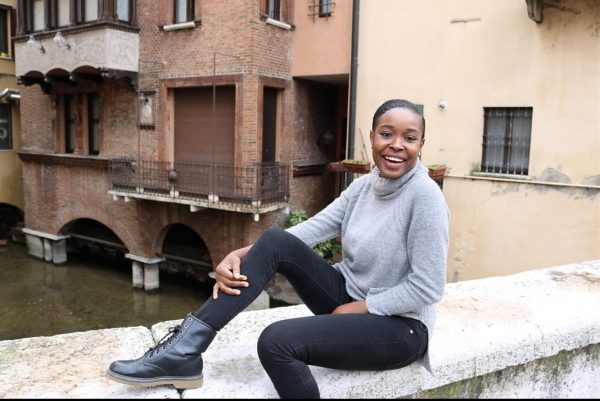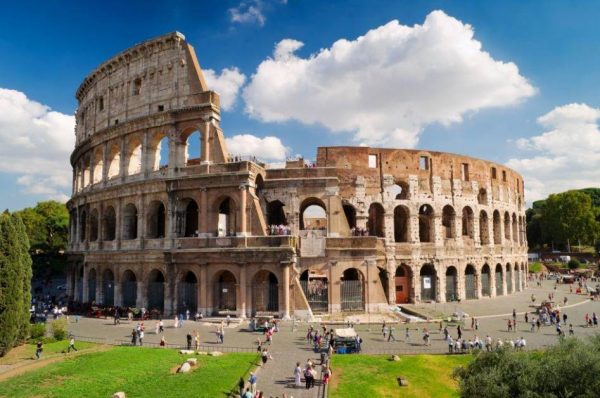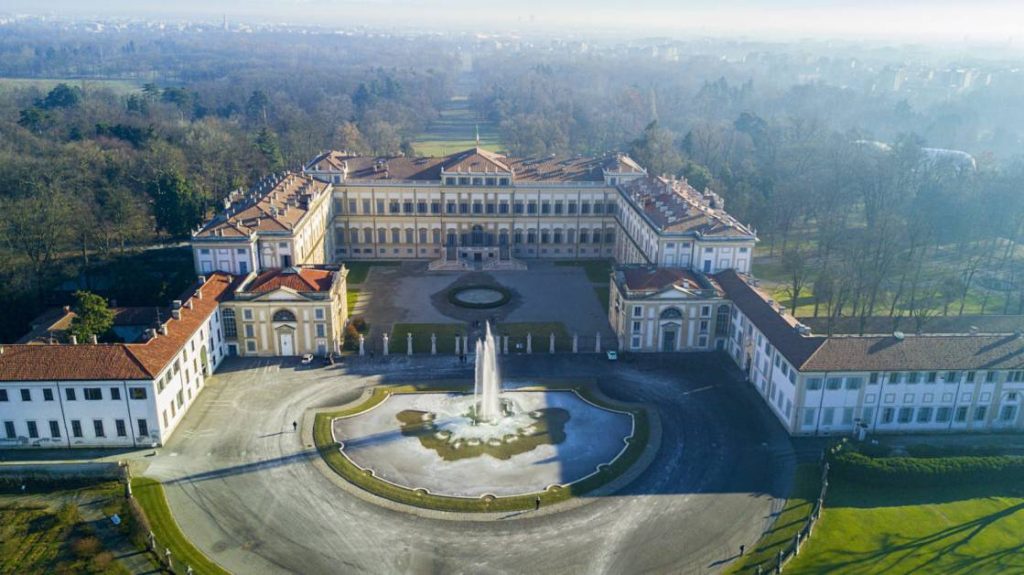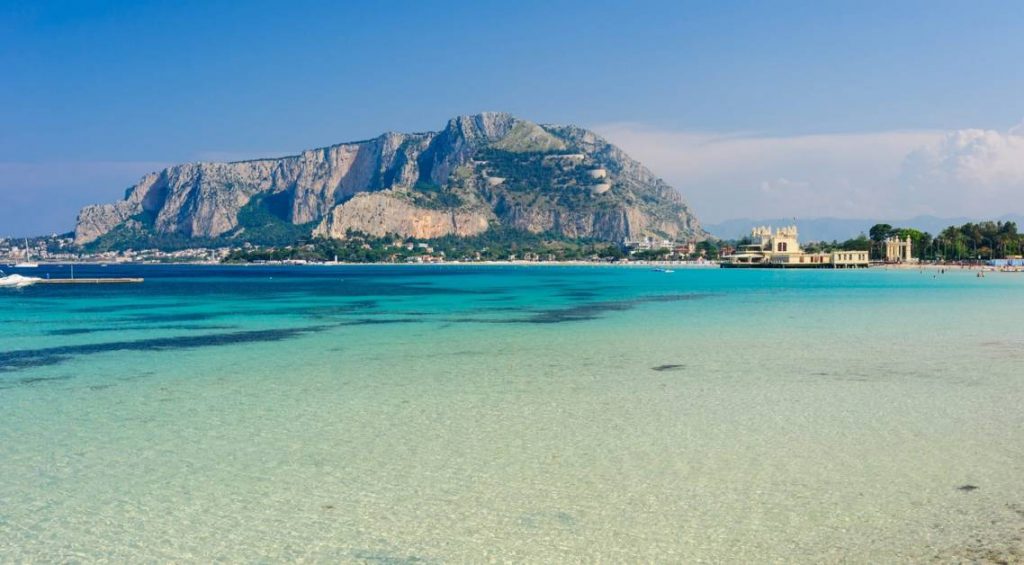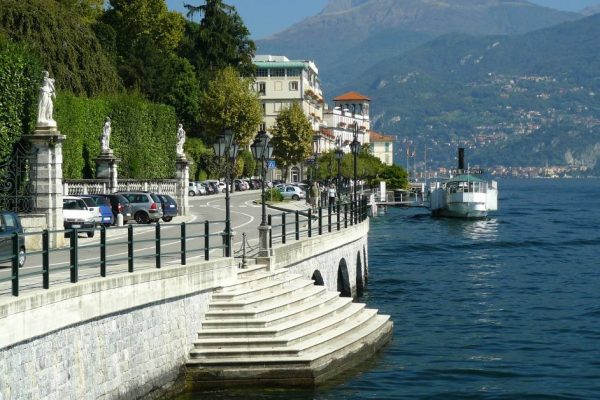Milan, the cosmopolitan capital of Lombardy, Italy, is surrounded by a region steeped in history and culture. Lombardy itself is a treasure trove of UNESCO World Heritage Sites that reflect the rich tapestry of Italian heritage.
From the heart of Milan to the picturesque landscapes of Lombardy, let’s embark on a journey to explore these remarkable World Heritage Sites in Milan and Lombardy that have earned international recognition for their historical, artistic, and architectural significance.
What's inside?
Santa Maria delle Grazie and the Last Supper
One of Milan’s most famous UNESCO sites is the Church and Dominican Convent of Santa Maria delle Grazie, renowned for housing Leonardo da Vinci’s masterpiece, “The Last Supper.”
This 15th-century masterpiece, depicting Jesus’ last meal with his disciples, is not only a testament to Leonardo da Vinci’s genius but also a symbol of Milan’s enduring cultural heritage.
Viewing “The Last Supper” is a once-in-a-lifetime experience that offers a glimpse into the artistic brilliance of the Renaissance.
Official Website to purchase Tickets for the Last Supper
Reservations are highly recommended due to limited daily access, and I advise you to plan your visit at least two to three months in advance. You can purchase tickets directly on the official website here.
Learn more about this heritage site on the official website of UNESCO: Santa Maria delle Grazie with “The Last Supper”.
The Industrial Village of Crespi d’Adda
A short drive from Milan lies the Industrial Village of Crespi d’Adda, a unique UNESCO World Heritage Site. This historic company town, founded by the Crespi family in the late 19th century, served as a model industrial community.
The village features a factory, workers’ housing, a school, and various amenities, all designed to improve the quality of life for the workers. It offers a fascinating glimpse into the history of industrialization in Europe.
Official Website to reserve an entrance to The Village of Crespi d’Adda
You can only access the village under the watch of a tour guide, for safety reasons. The guided tour takes place in Italian on foot through the picturesque streets of the small workers’ village of Crespi d’Adda.
Guided tours are available from January until December, every Sunday and some Saturdays in spring/autumn. The tour includes entry to the Multimedia Museum Rooms of the UNESCO Visitor Centre.
You cannot purchase tickets from the official website, but it is possible to make reservations and pay once you arrive:
Sacred Mountains of Piedmont and Lombardy
Venturing beyond Milan, we encounter a series of sacred mountains known as the “Sacri Monti,” which are scattered across the regions of Piedmont and Lombardy. These sites are a unique blend of religious devotion and artistic expression.
The Sacri Monti are adorned with chapels, sculptures, and frescoes that narrate Biblical stories, making them a spiritual and artistic pilgrimage.
In Lombardy, the Sacro Monte di Varallo and the Sacro Monte di Varese are two prominent examples of these remarkable UNESCO sites.
Access to the Sacred Mountains of Piedmont and Lombardy
You can visit these areas for free. I would suggest you download the App that guides you to visit the Sacred Mountains of Piedmont and Lombardy – UNESCO Heritage, through interactive multimedia itineraries.
During the visit, the app accompanies you from one point to another and at each point of the route offers a description and insights that allow you to discover particular and surprising details; for some points of interest, an additional explanation is offered.
The App is free and is available on Google Play and Apple Store. You can find it by simply searching for Sacri Monti.
Get more information on the official website.
The Rock Engravings in Valcamonica
In the province of Brescia, lies a site of archaeological significance: the Rock Drawings in Valcamonica.
These ancient petroglyphs, etched into the rock faces of the Camonica Valley, date back thousands of years and provide valuable insights into prehistoric life and art.
The site features over 140,000 figures, including human and animal representations, and is an open-air museum documenting human history in the region.
Access to the The Rock Engravings in Valcamonica
Opened from Wednesday to Saturday, from 8.30 am to 4.30 pm; and on Sundays and public holidays, from 8.30 am to 1.30 pm. Timetables may be changed, so it’s recommended to contact +39 036442140 to schedule a visit.
Tickets can be purchased directly from the Ticket Office up until 30 minutes before closing time.
More information is available here.
Monuments of Mantua and Sabbioneta
Leaving Lombardy’s capital, we journey to Mantua and Sabbioneta, two remarkable cities recognised by UNESCO for their historical and architectural significance.
Mantua, with its stunning Renaissance architecture, grand palaces, and beautiful squares, reflects the cultural patronage of the Gonzaga family.
Sabbioneta, on the other hand, is a meticulously planned Renaissance town, designed as an ideal city by the Duke of Mantua – Vespasiano Gonzaga. These cities are living testaments to the Renaissance era’s art and urban planning.
Access to the Monuments of Mantua and Sabbioneta
Holders of the Lombardi Museum Pass are allowed entry to all 7 monuments of the city, but must still go to the Infopoint or ticket office to register their entry, and thus obtain a free replacement ticket.
To visit the monuments, reservations are not necessary and tickets can be purchased at the Infopoint, in Via Teatro 2.
Infopoint opens at the same times as the monuments, but in the evening it closes half an hour earlier.
More Information can be found here.
The Rhaetian Railway
The Rhaetian Railway, extending through the stunning landscapes of the Swiss Engadin Alps and the Italian Lombardy region, is a masterpiece of railway engineering and natural beauty.
Its inclusion as a UNESCO World Heritage Site recognises its significance in the development of mountain railways and its harmonious integration into the breathtaking Alpine environment.
Official Website of the Rhaetian Railway
Here you can find more information and book tickets for a ride on the railway.
Venetian Walls of Bergamo
Bergamo, a city in the Lombardy region, boasts a remarkable testament to military architecture with its Venetian Walls.
These 6 km long robust fortifications, built during the Venetian rule in the 16th century, encircle the city and offer panoramic views of Bergamo’s historic center and the surrounding landscape.
They provide insight into the strategic importance of the city during medieval times.
Access to the Venetian Walls of Bergamo
You can visit the Venetian Walls of Bergamo for free, taking the Funicular or Bus, and it’s accessible every day at all hours.
More information can be found here.
Monte San Giorgio
Monte San Giorgio, located on the border between Italy and Switzerland, is a paleontological treasure trove.
This site is renowned for its exceptionally well-preserved marine fossils from the Triassic period, providing valuable insights into Earth’s prehistoric history.
It is a fascinating destination for anyone interested in the evolution of life on our planet.
Accesss to Monte San Giorgio
You can visit Monte San Giorgio and its local territory for free. If you are interested in the Fossil Museums – Museum of Fossils from Meride and Museo dei Fossili di Besano, you can purchase the ticket on arrival.
It opens from 9.00 am to 5.00 pm
More information is here.
Pile-Dwelling Sites
The Pile-Dwelling Sites, spread across various countries, including Italy, offer a glimpse into the lifestyles of prehistoric communities that lived around lakes and wetlands.
These ancient settlements, built on stilts above the water, showcase the ingenuity of early societies in adapting to their natural environments and are crucial for understanding the development of human culture.
The oldest and nearest one to Milan is located in Lake Varese, called Isolino Virginia, where the Ponti Museum (a small Prehistoric Museum) is located.
Access to Ponti Musuem
The Ponti Museum (only open to the public on weekends and holidays from April to October) can be reached by boat from Biandronno with public service, but there are also berths for private means. Guided visits can be booked throughout the year.
You can find more information here.
Longobards in Italy, Places of Power
This UNESCO World Heritage Site encompasses a series of historical locations in Italy associated with the Lombards – Germanic people who ruled over the Italian Peninsula from the 6th to the 8th century.
These sites, which include churches, monasteries, and fortifications, bear witness to the Lombards’ influence on Italy’s cultural and political landscape during the early Middle Ages.
The nearest one is the Capitolium of Brixia, located in Brescia.
Access to the Capitolium of Brixia
Free entry, subject to purchasing the Santa Giulia Museum entrance ticket. It opens on Tuesdays, Wednesdays, Thursdays, Fridays, Saturdays, and Sundays from 10 am – 6 pm and the last entrance is by 4.30 pm.
It is also recommended to purchase the ticket through the website www.bresciamusei.com as the quota rules restrict entry to a limited number of visitors.
More information is here.
In conclusion, Italy’s UNESCO World Heritage Sites, including Santa Maria delle Grazie and the Last Supper in Milan, the rock engravings of Val Camonica, and the others mentioned, provide a captivating journey through time, art, and history. They stand as a testament to Italy’s rich and diverse cultural heritage, offering visitors an opportunity to connect with the past and marvel at the enduring legacy of these remarkable places.
